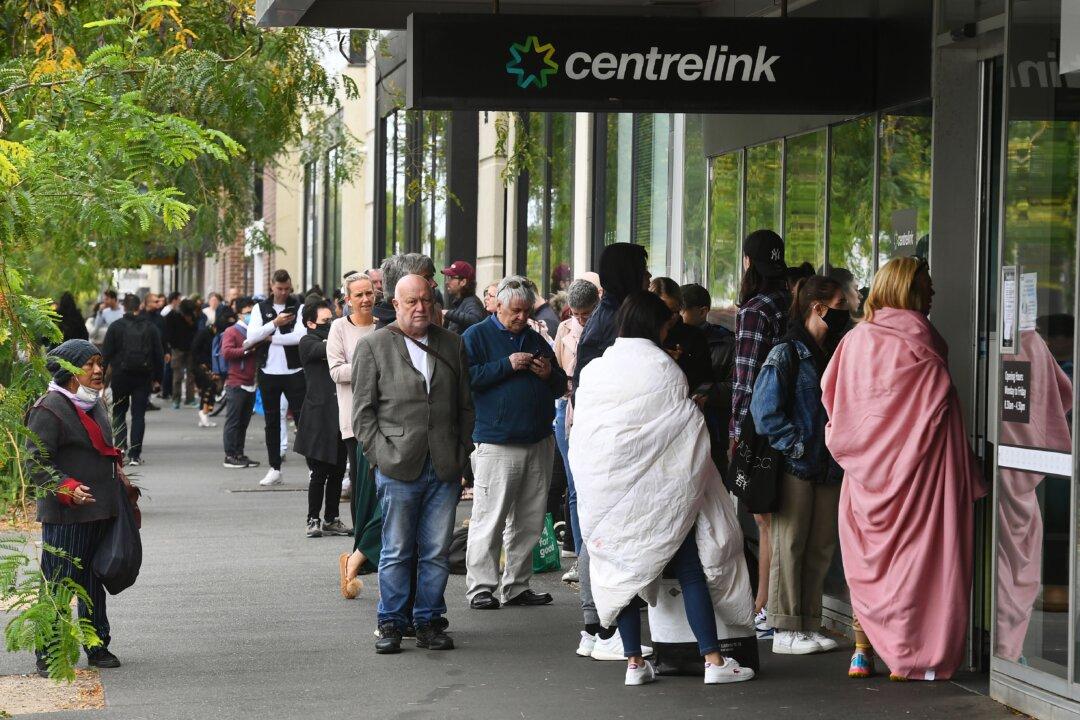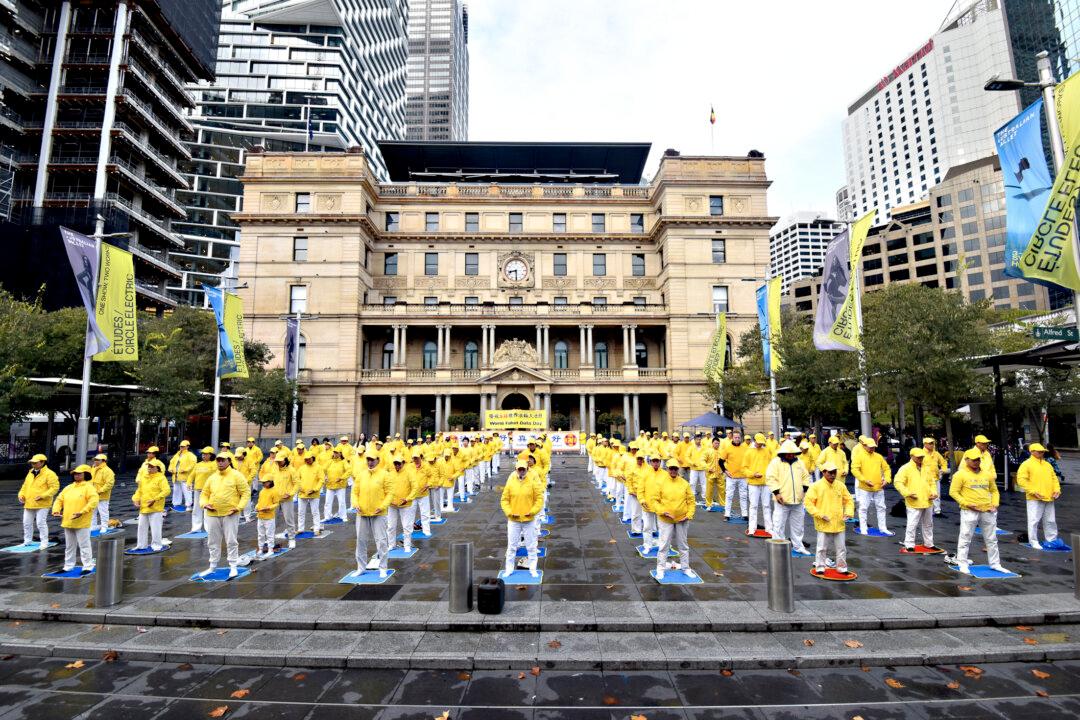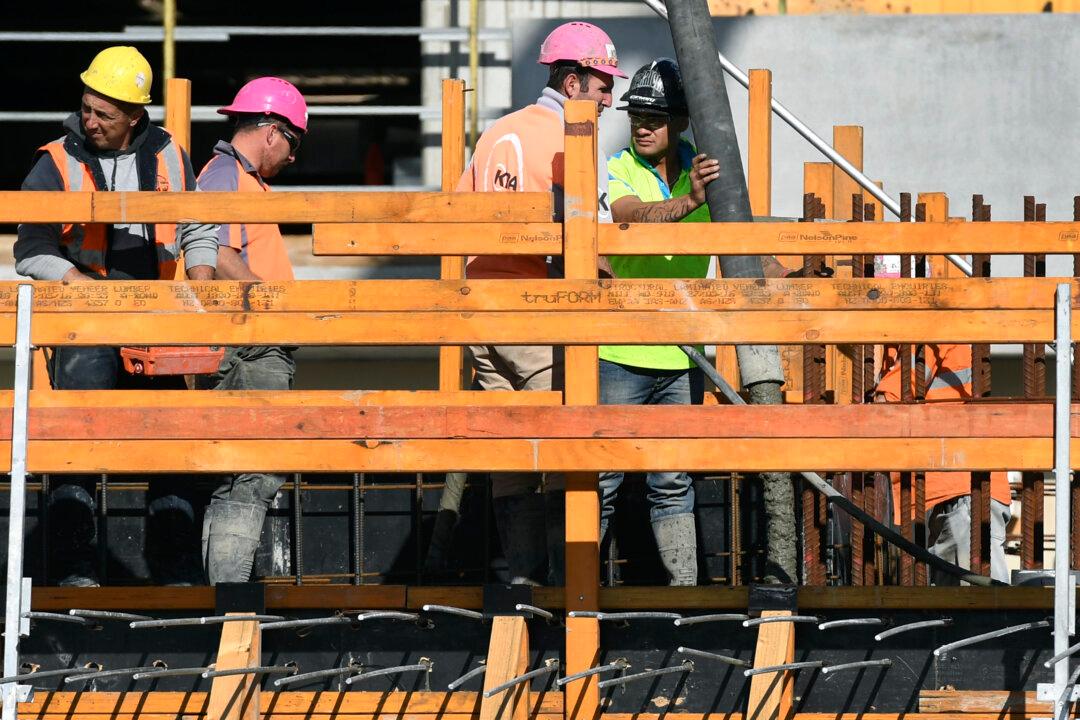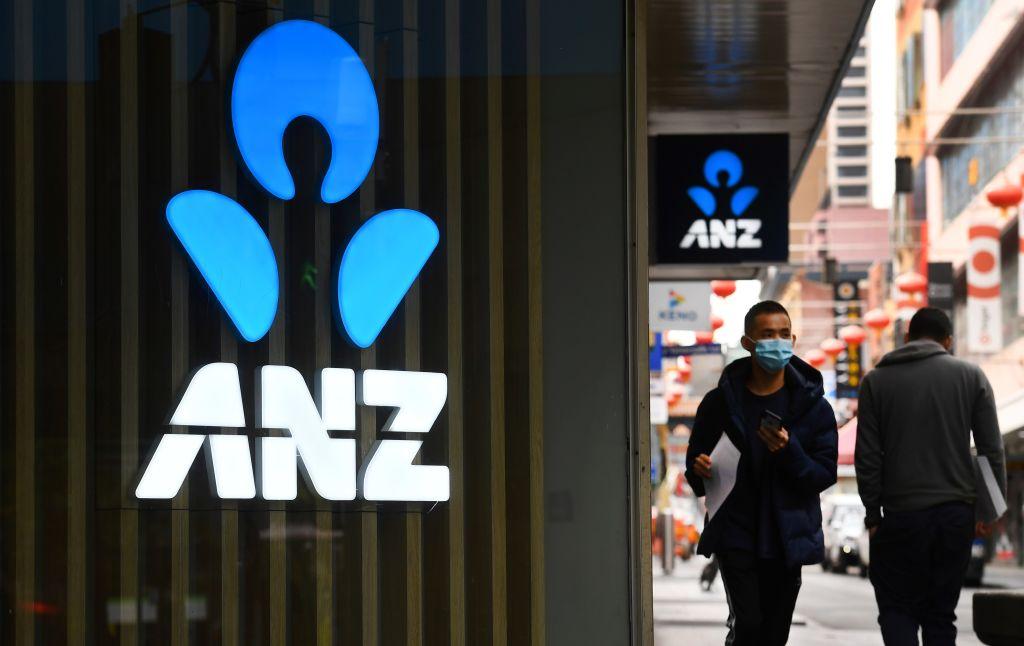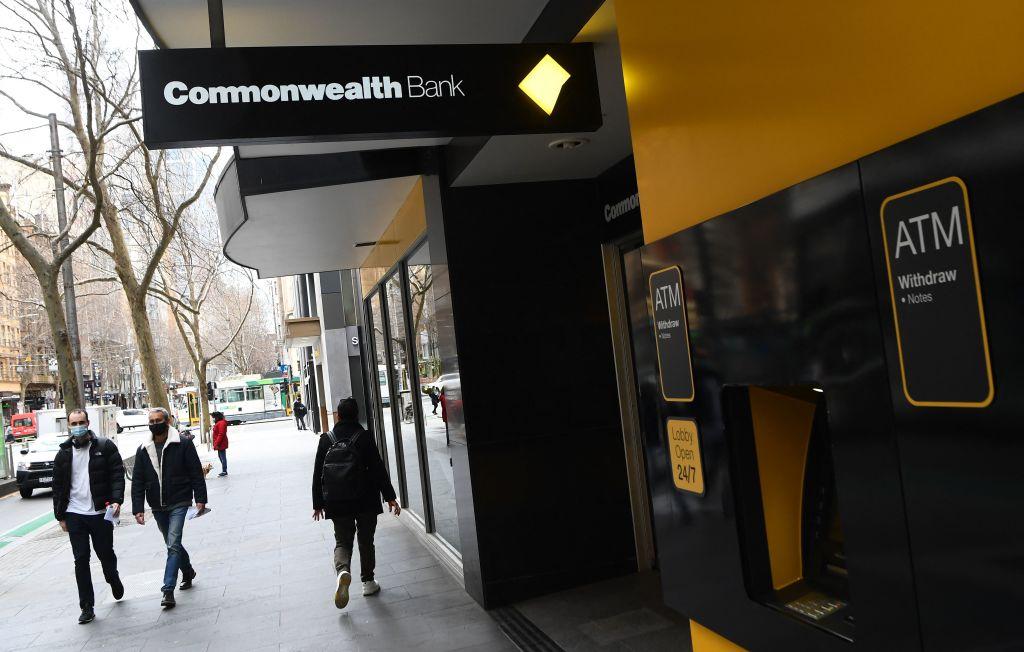The Australian government is set to introduce a permanent rise in the JobSeeker payment rate by $50 a fortnight or $3.57 a day. This will be the first real increase to the unemployment payment in Australia since 1994.
It is also the largest increase since 1986 and is expected to cost the country $9 billion dollars over the next four years.
